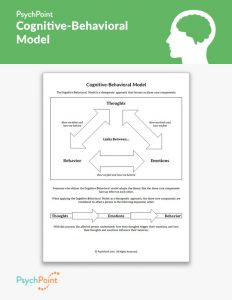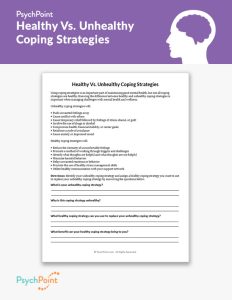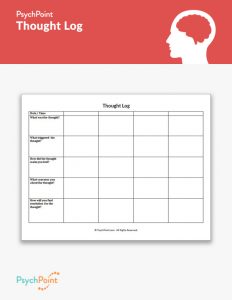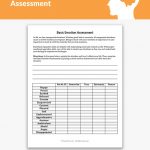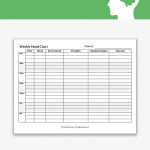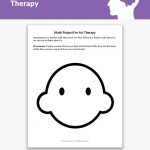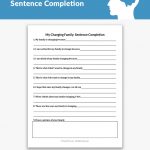Protective Factors Worksheet
Worksheet updated on May 9th, 2025
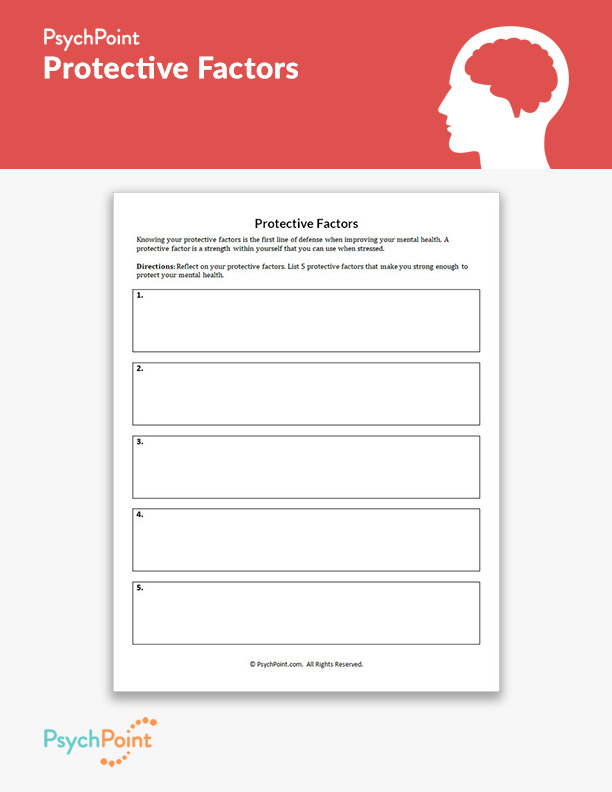
When working with clients on methods to boost self-trust, self-esteem, and emotional resilience, it is important to ensure that they are aware of their protective factors. Protective factors promote confidence, hope, and trust in their abilities to care for themselves in times of trial, challenges, or confrontation with triggers.
Sometimes, a client is not aware of their protective factors, which can make personal growth and recovery difficult. Helping them become aware of their protective factors can be a helpful exercise in therapy.
About This Worksheet
Protective factors can include different parts of a client’s life, including personal skills, support systems, coping strategies, life lessons, and belief systems, that help them feel safe, supported, and secure. On the Protective Factors worksheet, the client can reflect on their protective factors and how they can be used to boost emotional resilience and defenses against triggers.
Helping a client identify their protective factors can be instrumental in teaching them how to cope with stress, anxiety, depression, relapse prevention, life challenges, relationship issues, and more. This worksheet is great for adolescents and adults struggling with triggers and life stressors. It can be used in individual and group counseling sessions.
Instructions
On this worksheet, the client is instructed to identify and reflect on 5 of their protective factors and personal qualities that make them feel confident and strong. Allow the client time to list and reflect on 5 of their protective factors. If you find them struggling, you may use the following list to help them brainstorm and discover some protective factors they may not have previously recognized:
- Social support networks
- Community support and services
- Healthy coping strategies
- Spiritual, self-care, or personal practices that promote emotional resilience
- Points of confidence and healthy self-esteem
- Personal strengths and values
- Creative outlets for stress relief and self-expression
When the client has completed the worksheet, review their responses and start a dialog about how they can use their protective factors to cope with the triggers and life stressors. Give them a copy of their completed worksheet to refer to when they feel vulnerable, ungrounded, or tempted to revert to unhealthy behaviors or habits.
References
Masten, A. S. (2008, August). Resilience in developing systems: Progress and promise as the fourth wave rises. Development and Psychopathology, 20(3), 873–890. https://doi.org/10.1017/S0954579408000442
Mental Health First Aid USA. (2022, January 18). How protective factors can promote resilience. Mental Health First Aid.

